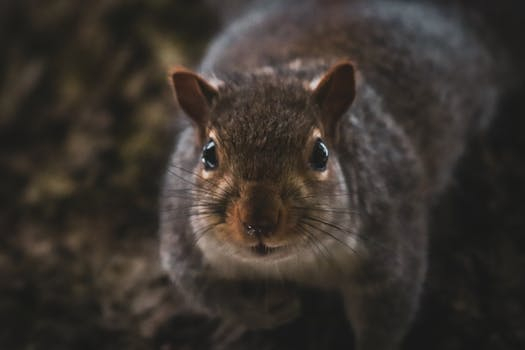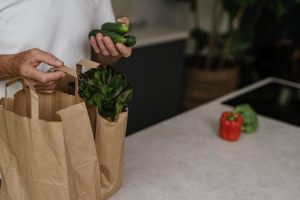Foraging for Wild Ingredients: Nature’s Hidden Culinary Treasures
Welcome to the world of foraging, where nature’s hidden culinary treasures await. While many people are used to buying their ingredients from the grocery store, there is a whole world of edible plants that can be found in the great outdoors. Foraging is the act of searching and gathering food from the wild, and it has become increasingly popular in recent years. Not only is foraging a way to connect with nature and learn about different plants, but it also allows you to create delicious and unique dishes with ingredients that can’t be found in stores. In this article, we will dive into the art of foraging for wild ingredients and uncover some of nature’s best-kept secrets when it comes to culinary delights.
The Basics of Foraging
Foraging involves searching for plants, berries, nuts, and other edible ingredients in their natural habitats, such as forests, fields, and along the coast. It’s essential to know what you’re looking for and what is safe to eat to avoid any potential dangers. It’s always best to forage with someone who is experienced and can teach you the basics.
Tools of the Trade
Foraging doesn’t require much equipment, but a few tools can make the experience more enjoyable and efficient. A good pair of gloves, a hat, and a basket or mesh bag are all helpful when out foraging. It’s also a good idea to bring a guidebook to identify plants and any necessary tools for harvesting, such as scissors or a small knife.
Timing and Location
The best time to forage is typically in the spring and summer months when plants are in full bloom. However, certain ingredients can also be found in the fall and winter. It’s crucial to know where you’re going and to avoid areas that may have been sprayed with pesticides or herbicides. National parks, and other protected areas, are often the best places to forage as they are untouched by these chemicals.
What to Forage For
The list of edible plants and ingredients that can be foraged is endless, but we’ve highlighted a few popular options to get you started.
Wild Berries
In many parts of the world, wild berries can be found abundantly in forests, fields, and even along roadsides. Blackberries, blueberries, and raspberries are just a few of the delicious berries that can be foraged for and used in a variety of dishes. Just be sure to only pick from bushes that are above waist height, as ones closer to the ground may have been contaminated by animals.
Mushrooms
Foraging for wild mushrooms is an exciting and rewarding experience. It’s essential to have the proper knowledge and skills to identify the different types of mushrooms and know which ones are safe to eat. Some popular options for foraging include morel, chanterelle, and oyster mushrooms, which can add a unique and earthy flavor to any dish.
Edible Flowers
Many flowers found in nature are not only beautiful but also edible. Nasturtium, borage, and violets are just a few examples of flowers that can be foraged and used in salads, drinks, and other dishes. However, it’s essential to be cautious and do your research before eating any flowers, as some may be toxic.
Bringing Foraged Ingredients to Your Plate
Once you’ve successfully foraged for your ingredients, the next step is to incorporate them into your cooking. Freshly foraged ingredients can add a burst of flavor and a touch of uniqueness to any dish. You can use them in salads, sauces, jams, and even cocktails. You can also dry or preserve them for use in the future.
Safety First
It’s crucial to take all necessary precautions when foraging and using wild ingredients in cooking. Always wash your foraged items thoroughly before consuming and only eat what you’ve properly identified as safe. It’s also important to only consume small amounts at first to ensure there are no adverse reactions.
The Art of Foraging for Wild Ingredients
Foraging for wild ingredients is not only a way to create delicious dishes, but it’s also a way to connect with nature and learn about different plants and their uses. With the right knowledge and skills, you can unlock nature’s hidden culinary treasures and elevate your cooking to the next level. So why not grab a basket and head out into the wild to see what delicious ingredients you can discover? Happy foraging!










